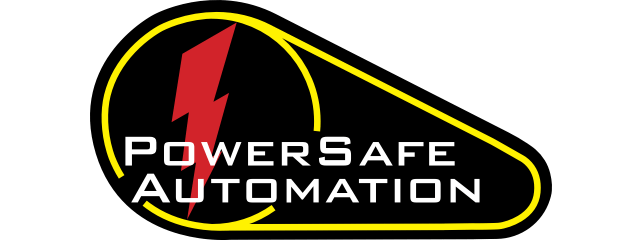Boost Productivity with Bosch-Rexroth Ergo Carts
//Shawn Mantel
In today's fast-paced manufacturing environment, productivity, safety, and worker well-being are more interconnected than ever. Manufacturers are constantly seeking smarter, more flexible solutions that minimize strain, reduce downtime, and optimize workflows without compromising ergonomics or safety.


